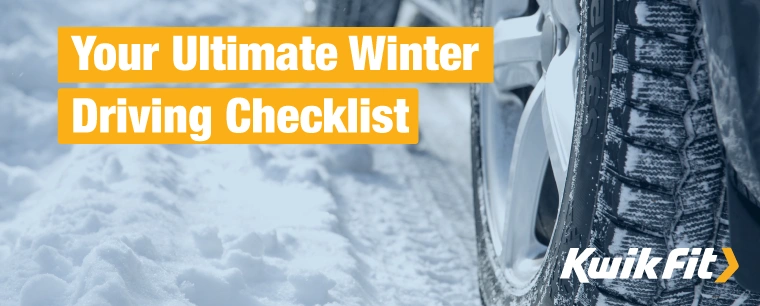How Windy is Too Windy to Drive? & How to Do So Safely
Jack Dreyer | Wednesday 28th December 2022 9:00am

While we don’t often have to deal with hurricanes, tsunamis, and stray meteors, we’re not that unfamiliar with adverse weather conditions in the UK. Especially around the coast and on exposed flatlands, it can get extremely windy during the winter months – or even in spring as the temperature fluctuates.
When driving, you most often feel high winds when they’re crosswinds – usually when driving across bridges, flat land, or buildings that channel the wind in any way. But, for the most part, it’s not something that’s ever considered. After all, you’re in a heavy vehicle (usually weighing at least a ton) and, with the cushioning of modern suspension and assistive power steering systems, you tend to be quite sheltered from the elements!
But is it ever too windy to drive?
The short answer is: Never. In the UK, there aren’t any laws dictating when it’s too windy to drive – but there is ample guidance for driving safely. A longer answer, however, is perhaps more helpful.
Look out for weather warnings

The main threat while driving in extreme winds is either that strong gusts can blow you (or another road user) off course – potentially resulting in a collision – or that wind can cause trees to uproot or branches to break off and fall into the road.
As such, it’s worth avoiding driving if there’s ever a weather warning in your area – these warnings will range from Yellow, to Amber, to Red, with Red being the most severe. Luckily, the roads should be generally clearer during weather warning conditions as many other drivers will have chosen to forego driving, but it’s worth being alert.
Wind affects larger vehicles more
As you may imagine, wind affects high-sided vehicles a lot more than it does cars. There’s a lot more surface area on a lorry trailer for wind to push on than there is on a small hatchback city car.
But just because you’re in a Ford KA doesn’t mean you don’t need to be vigilant. Other drivers could be blown off course into you or due to other hazards.
Motorbikes and cyclists are also disproportionately affected by wind because they don’t have a great deal of inherent mass to counteract wind gusts.
Tips for driving in windy weather

It’s not illegal to drive in extreme winds, but it also isn’t advisable. So if you need to drive in windy conditions (or you’re already out when the wind picks up), what should you do?
1. Keep to a sensible speed
Much like driving in any hazardous condition like ice or snow, keeping to an appropriate speed gives you ample time to react to oncoming hazards.
2. Keep your distance
Slowing down and keeping your distance go hand in hand in adverse weather conditions. Not only can other vehicles get blown off course unexpectedly, but you can get blown off course yourself.
3. Be aware of your surroundings
As storms Dudley, Eunice, and Franklin showed us in February 2022, cars are no match for falling trees. The storms caused huge amounts of damage and left hundreds of thousands of people without power for days. So be sure to keep one eye on the road and another around you.
4. Maintain a firm grip on your steering wheel
Because wind gusts are sudden, they can cause your car to veer off course if you’re only keeping a light hold of your steering wheel.
5. Steer gently into strong side winds
Excessively strong winds can overcome your tyres’ friction and actually push your car sideways. Steering into the direction of the wind gently helps to counteract this – but be careful of oncoming traffic.
6. Park away from possible hazards
It’s no good getting through the storm if your car’s then written off due to it being flattened by a tree. Wherever possible, try to park away from potential hazards like trees, power lines, and even houses – chimney pots and loosened tiles can cause just as much damage.
Make sure your tyres are maintained
The best way to stay safe is to stay prepared. Along with your brakes, your tyres are the most important element for keeping you safe in any weather conditions – so trust the experts at your local Kwik Fit centre to keep them in the best condition.
Any facts, figures and prices shown in our blog articles are correct at time of publication.
Featured Articles
Is Your Car Battery Ready for Winter?
Monday 11th November 2024
Is the UK on the verge of ‘the coldest winter for 50 years?’ Even if El Niño doesn't hit the UK this winter, reduce the risk of a winter breakdown by making sure your car battery is winter-ready.
Your Ultimate Winter Driving Checklist
Monday 31st October 2022
Driving in the colder months presents many challenges. Breakdowns are far more common in winter, so make sure you’re prepared with these essentials.
How to Get Your Car Ready for Winter
Wednesday 28th September 2022
Winter can be a harsh season for your car but planning ahead by carrying out some basic maintenance and packing some essential kit should help you avoid a winter breakdown.







